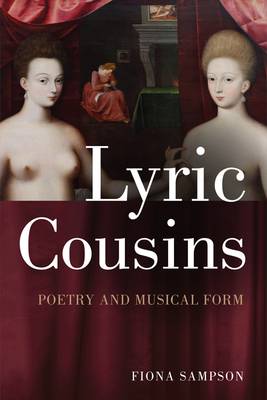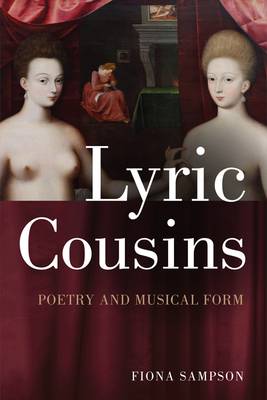
- Retrait gratuit dans votre magasin Club
- 7.000.000 titres dans notre catalogue
- Payer en toute sécurité
- Toujours un magasin près de chez vous
- Retrait gratuit dans votre magasin Club
- 7.000.0000 titres dans notre catalogue
- Payer en toute sécurité
- Toujours un magasin près de chez vous
Description
Leading poet, critic and former musician explores the 'deep forms' common to both poetry and music
Today, poetry and art music occupy similar cultural positions: each has a tendency to be regarded as problematic, 'difficult' and therefore 'elitist'. Despite this, the audiences and numbers of participants for each are substantial: yet they tend not to overlap. This is odd, because the forms share early history in song and saga, and have some striking similarities, often summed up in the word 'lyric'.
These similarities include much that is most significant to the experience of each, and so of most interest to practitioners and audiences. They encompass, at the very least: the way each art-form is aural, and takes place in time; a shared reliance on temporal, rather than spatial, forms; an engagement with sensory experience and pleasure; availability for both shared public performance and private reading, sight-reading and hearing in memory; and scope for non-denotative meaning. In other words, looking at these elements in music is a way to look at them in poetry, and vice versa.
This is a study of these two formal craft traditions that is concerned with the similarities in their roles, structures, projects and capacities.
Sets out a new way to think about both music and poetry Doesn't make its arguments from within or for one particular school of music or poetry but has wide applicability Uses each 'cousin' art-form to cast light on the other as a whole: it is not just for poet-musicians, or musicians writing for voiceA rare 'joint' perspective: written by an award-winning poet who was formerly a professional musician
Spécifications
Parties prenantes
- Auteur(s) :
- Editeur:
Contenu
- Nombre de pages :
- 240
- Langue:
- Anglais
Caractéristiques
- EAN:
- 9781474432627
- Date de parution :
- 22-02-18
- Format:
- Livre broché
- Format numérique:
- Trade paperback (VS)
- Dimensions :
- 137 mm x 216 mm
- Poids :
- 294 g

Les avis
Nous publions uniquement les avis qui respectent les conditions requises. Consultez nos conditions pour les avis.






